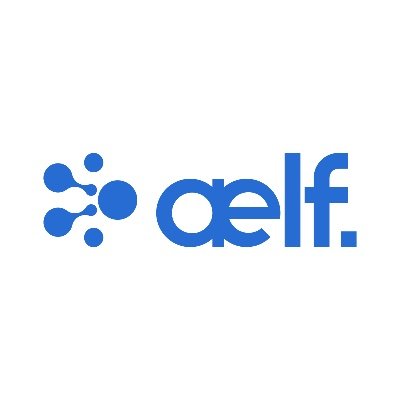AI is no longer a tool for research —
it’s becoming the researcher itself.
This is the first loop of autonomous innovation,
where intelligence doesn’t wait for direction —
it generates it.
The future won’t be built by control,
but by coherence.
#aelf #AI #Governance #Future
Yesterday we did a livestream. TL;DR:
We have set internal goals of having an automated AI research intern by September of 2026 running on hundreds of thousands of GPUs, and a true automated AI researcher by March of 2028. We may totally fail at this goal, but given the extraordinary potential impacts we think it is in the public interest to be transparent about this.
We have a safety strategy that relies on 5 layers: Value alignment, Goal alignment, Reliability, Adversarial robustness, and System safety. Chain-of-thought faithfulness is a tool we are particularly excited about, but it somewhat fragile and requires drawing a boundary and a clear abstraction.
On the product side, we are trying to move towards a true platform, where people and companies building on top of our offerings will capture most of the value. Today people can build on our API and apps in ChatGPT; eventually, we want to offer an AI cloud that enables huge businesses.
We have currently committed to about 30 gigawatts of compute, with a total cost of ownership over the years of about $1.4 trillion. We are comfortable with this given what we see on the horizon for model capability growth and revenue growth. We would like to do more—we would like to build an AI factory that can make 1 gigawatt per week of new capacity, at a greatly reduced cost relative to today—but that will require more confidence in future models, revenue, and technological/financial innovation.
Our new structure is much simpler than our old one. We have a non-profit called OpenAI Foundation that governs a Public Benefit Corporation called OpenAI Group. The foundation initially owns 26% of the PBC, but it can increase with warrants over time if the PBC does super well. The PBC can attract the resources needed to achieve the mission.
Our mission, for both our non-profit and PBC, remains the same: to ensure that artificial general intelligence benefits all of humanity.
The nonprofit is initially committing $25 billion to health and curing disease, and AI resilience (all of the things that could help society have a successful transition to a post-AGI world, including technical safety but also things like economic impact, cyber security, and much more). The nonprofit now has the ability to actually deploy capital relatively quickly, unlike before.
In 2026 we expect that our AI systems may be able to make small new discoveries; in 2028 we could be looking at big ones. This is a really big deal; we think that science, and the institutions that let us widely distribute the fruits of science, are the most important ways that quality of life improves over time.
1,22 K
1
Conținutul de pe această pagină este furnizat de terți. Dacă nu se menționează altfel, OKX nu este autorul articolului citat și nu revendică niciun drept intelectual pentru materiale. Conținutul este furnizat doar pentru informare și nu reprezintă opinia OKX. Nu este furnizat pentru a fi o susținere de nicio natură și nu trebuie să fie considerat un sfat de investiție sau o solicitare de a cumpăra sau vinde active digitale. În măsura în care AI-ul de generare este utilizat pentru a furniza rezumate sau alte informații, astfel de conținut generat de AI poate să fie inexact sau neconsecvent. Citiți articolul asociat pentru mai multe detalii și informații. OKX nu răspunde pentru conținutul găzduit pe pagini terțe. Deținerile de active digitale, inclusiv criptomonedele stabile și NFT-urile, prezintă un grad ridicat de risc și pot fluctua semnificativ. Trebuie să analizați cu atenție dacă tranzacționarea sau deținerea de active digitale este adecvată pentru dumneavoastră prin prisma situației dumneavoastră financiare.


